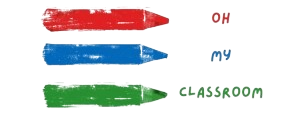By teaching shapes to preschoolers, they can develop their cognitive skills, improve their spatial reasoning, and enhance their fine motor skills.
There are numerous activities that can help preschoolers learn about shapes in a hands-on, interactive manner.
We will explore a range of activities on shapes for Preschoolers that are entertaining and educational.
Explore Fun & Engaging Activities on Shapes for Preschoolers
Circle Shape & Game Activities
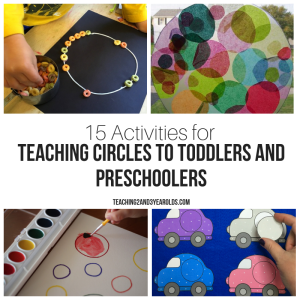
Circle Hunt:
Give the children a basket and ask them to find as many circle-shaped objects as possible around the classroom or outdoors. This can be done as a scavenger hunt, and the children can also be asked to identify and name each circle they find.
Circle Collage:
Provide children with a variety of circular materials such as buttons, paper plates, and circular cutouts. Have them glue these onto a piece of paper to create a circle collage.
Circle Painting:
Set out various sizes of circular objects, such as cups, bowls, and lids, and encourage the children to dip them in paint and create circle prints on a piece of paper.
Circle Tracing:
Provide circle-shaped stencils or templates for the children to trace onto paper. This helps them practice their fine motor skills and hand-eye coordination.
Related: 26 Creative Number 6 Activities for Preschoolers
Shape Scavenger Hunt:

Hide various shapes around the classroom or playground and have the children search for them. Encourage them to identify and name the shapes they find.
Shape Collages:
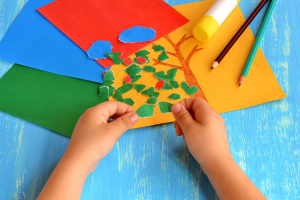
Provide a variety of shape cutouts and glue sticks for children to create collages. Encourage them to use different shapes and create their own designs.
Shape Sort:

Provide a box with different shapes and have children sort them into the correct shape holes. This activity promotes cognitive development as well as hand-eye coordination.
Related: 27 Fun Number 7 Activities for Preschoolers
Shape Hopscotch:
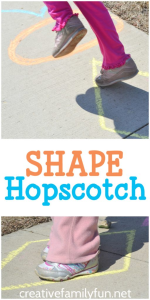
Draw different shapes on the ground with chalk and have children jump from shape to shape while calling out the shape’s name.
Shape Bingo:
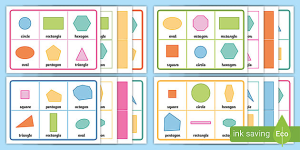
Create bingo cards with different shapes and have children match the shapes as they are called out.
Shape Puzzles:
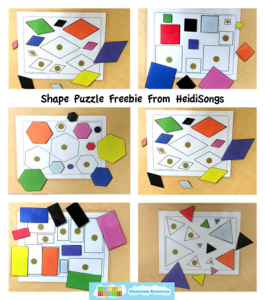
Provide shape puzzles for children to complete. This activity promotes cognitive development and problem-solving skills.
Shape Building:

Provide materials such as blocks or play dough for children to create their own shapes or build structures using different shapes.
Shape Patterns:
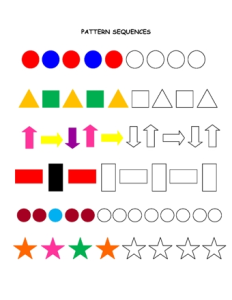
Create patterns using different shapes and have children replicate them. This activity promotes cognitive development as well as pattern recognition skills.
Shape Charades:

Have children act out different shapes while others try to guess the shape.
Shape Memory Game:
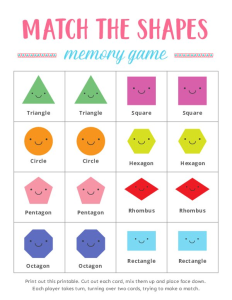
Create a memory game with different shapes and have children match the shapes. This activity promotes cognitive development as well as memory skills.
Shape Tracing:
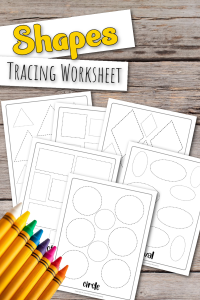
Provide tracing templates of different shapes for children to trace with markers, crayons, or pencils. This activity promotes fine motor skills and shape recognition.
Shape Sensory Bin:
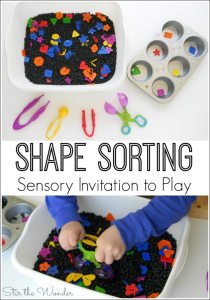
Create a sensory bin filled with objects of different shapes and encourage children to sort them by shape. This activity promotes sensory exploration and cognitive development.
Shape Hunt:
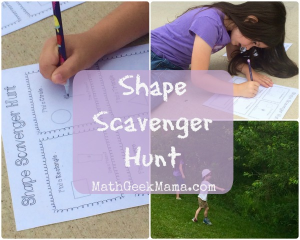
Create a scavenger hunt where children must find and collect objects of different shapes around the classroom or outside. This activity promotes shape recognition and physical activity.
Shape Collage Memory Game:
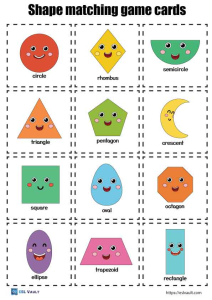
Create memory cards by printing out pictures of different shapes and have children match the shape to the corresponding picture. This activity promotes cognitive development and memory skills.
Shape Playdough Mats:

Create playdough mats with outlines of different shapes for children to fill in with playdough. This activity promotes fine motor skills and shape recognition.
Shape Twister:

Create a DIY Twister game by drawing shapes on a large piece of paper or using colored construction paper to create the Twister board. This activity promotes physical activity and color/shape recognition.
Shape Drawing Challenge:

Provide children with a blank piece of paper and challenge them to create a drawing using only one shape. This activity promotes creativity and shape recognition.
Shape Collage Scavenger Hunt:
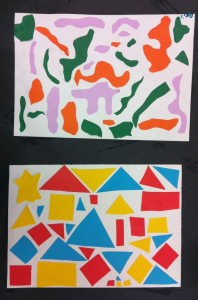
Hide various objects of different shapes around the classroom or playground and have children find them to create a shape collage. This activity promotes shape recognition and creativity.
Shape Sorting Relay:
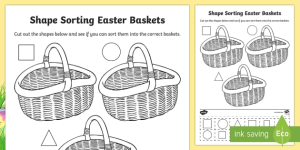
Create a relay race where children must sort objects of different shapes into the correct baskets or containers. This activity promotes teamwork, physical activity, and shape recognition.
Shape Charades Drawing:
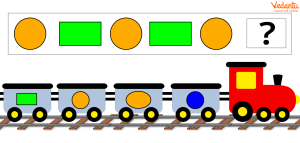
Have children act out different shapes while others try to guess the shape, but with a twist: once the shape is guessed, the child who acted it out has to draw the shape on a piece of paper. This activity promotes shape recognition, creativity, and memory skills.
Conclusion
In conclusion, engaging preschoolers in activities related to shapes is an effective way to enhance their learning experience.
From simple shape recognition to more complex activities that encourage critical thinking and problem-solving skills, these activities can be easily adapted to suit the needs and interests of individual children.
By incorporating these activities into their learning curriculum, parents and educators can help preschoolers develop foundational skills that will serve them well as they progress through their academic journey.
Ultimately, by making learning fun and interactive, we can help our preschoolers build a strong foundation for lifelong learning.
